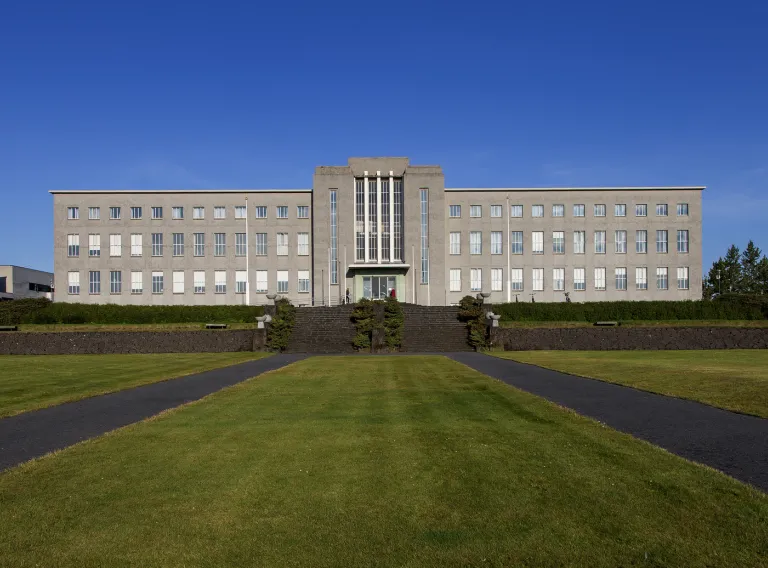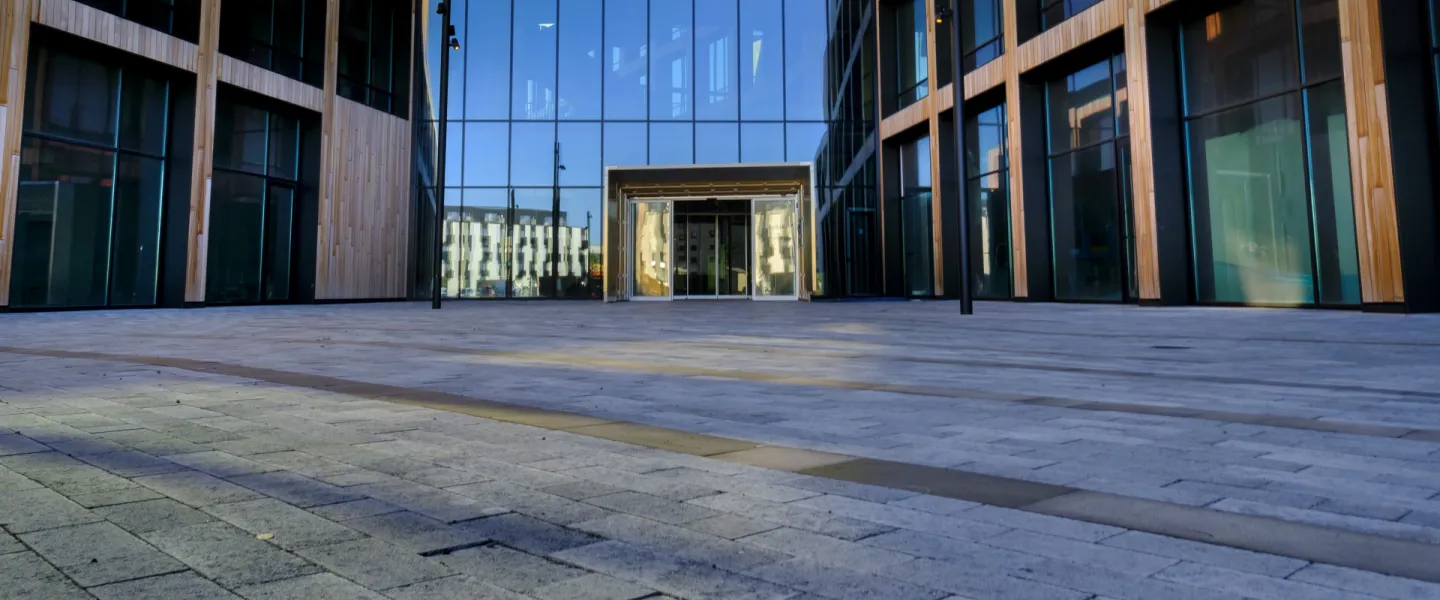Askja
N129
Talk by Lisa Shama: Do you remember? Transgenerational plasticity to ocean climate change in marine stickleback
Talk by Antti Eloranta: Environmental drivers of food webs in high-latitude lakes.
They are here for Phd. defense of Alessandra Schnider: Phenotypic plasticity in Mývatn threespine stickleback (Gasterosteus aculeatus): response to temperature and diet within and across generations on May 9th 2025.
Abstracts
Do you remember? Transgenerational plasticity to ocean climate change in marine stickleback
Parental exposure to environmental stressors can lead to transgenerational plasticity (TGP), whereby offspring phenotypes are shaped by non-genetic factors inherited from stressed parents. Identifying mechanisms underlying TGP is important for predicting potential consequences for populations facing rapid climate change. Using common garden experiments, we investigated the influence of parental exposure to ocean warming (+1.5°C and +4°C), increased temperature variation and marine heatwaves (MHWs) on stickleback (Gasterosteus aculeatus) offspring phenotypic variation. We consistently found that exposure to +4°C had negative effects on offspring growth (smaller fish) compared to ambient conditions. Yet, offspring of mothers acclimated to +4°C reached larger sizes at +4°C via TGP, with optimised mitochondrial metabolism and gene expression inherited from mothers underlying transgenerational benefits. Comparing transcriptomes of parents (eggs/sperm) and embryos across development showed that massive changes to the epigenetic landscape occurred at +1.5°C in the blastula stage, potentially reflecting a key “window of opportunity” for adaptive epigenetic responses to ocean warming. Exposing parents to fluctuating environments, however, led to maternal bet hedging (changes to offspring phenotypic variance) and smaller offspring size. When confronted with MHWs, exposure to single, extreme MHWs lowered fecundity, offspring growth and survival, but fish exposed to recurring MHWs grew better (e.g. via thermal hardening) and had higher fecundity, especially if their parents also experienced recurring MHWs, indicating that stress memory to MHWs may also act transgenerationally. Our studies show that stickleback employ multiple strategies to cope with rapidly changing ocean conditions, and that transgenerational benefits may mitigate some of the negative effects.
Environmental drivers of food webs in high-latitude lakes.
Subarctic and alpine lakes are experiencing rapid environmental changes due to both local and global human stressors. In Fennoscandian high-latitude lakes, factors such as non-native species, hydropower operations, land-use activities, and climate change are significantly altering the structure and functioning of benthic and pelagic food-web compartments. In this talk, I give an overview of our recent projects utilizing stable isotope data to explore the natural and anthropogenic drivers of food webs in Fennoscandian lakes. Our results demonstrate that fish community composition and lake area are crucial to determining the benthic versus pelagic resource use and trophic position of generalist salmonids, namely Arctic charr (Salvelinus alpinus) and brown trout (Salmo trutta). However, hydropower-induced water level regulation and non-native species can rewire food webs by modifying nutrient flows and the resource use of native salmonid fishes. Our recent study on boreal lakes shows that land-use activities, like forestry and agriculture, can influence the relative reliance of aquatic consumers on terrestrial (allochthonous) versus aquatic (autochthonous) energy sources. Our research highlights the necessity for large-scale data compilations and sustainable management practices to monitor and mitigate negative human impacts on relatively species-poor subarctic and alpine lakes.

Share
Buses 14, 1, 6, 3 and 12 stop at the University of Iceland in Vatnsmýri. Buses 11 and 15 also stop nearby. Let's travel in an ecological way!
